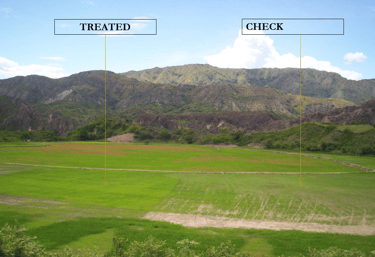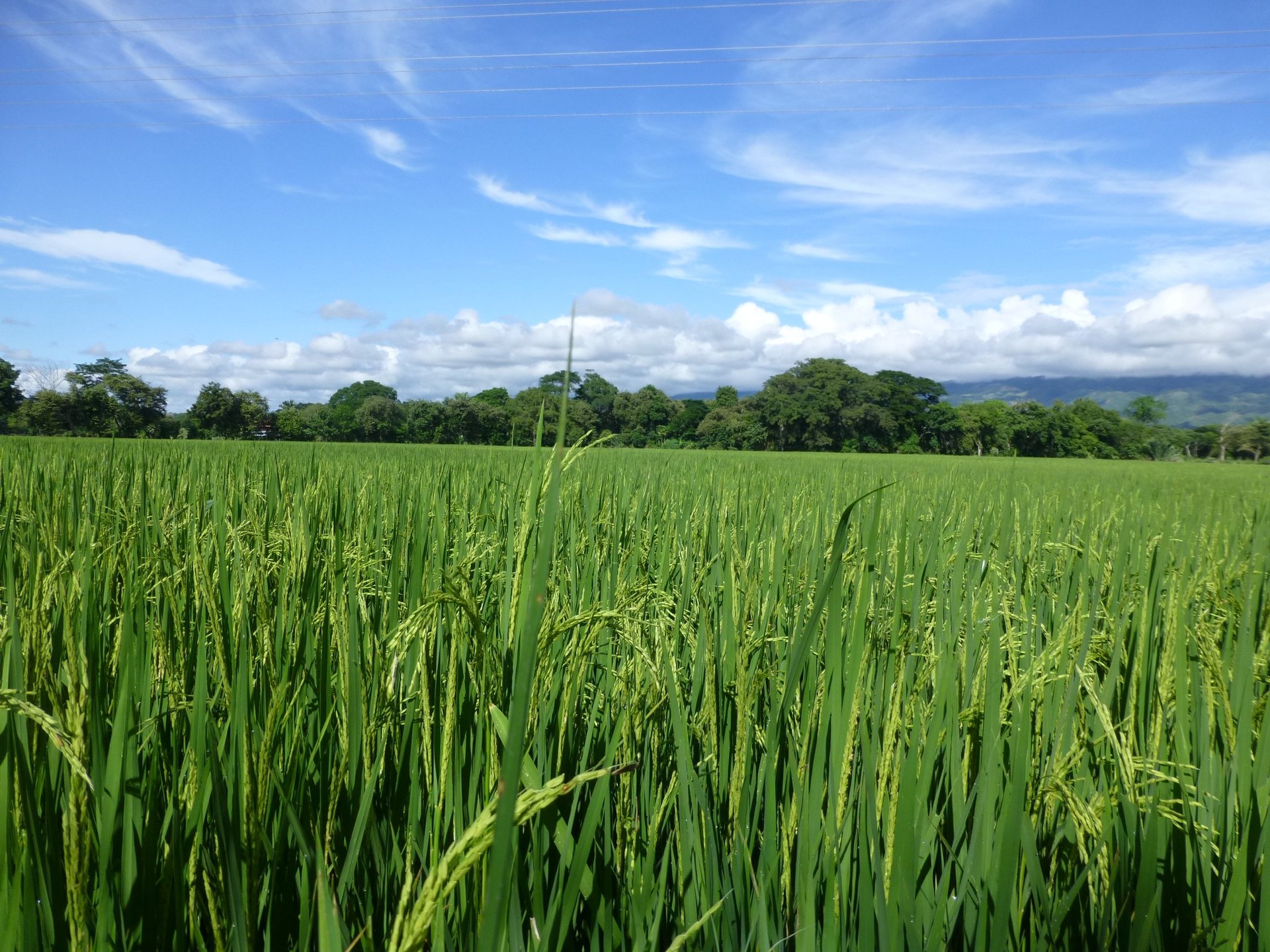About Us
AgriMatrix is derived from a uniquely pure source of batolite — a natural magnesium-silicate mineral rich in silicon dioxide (SiO₂) and magnesium oxide (MgO). Our deposits are located in a geologically stable zone, providing consistently low heavy-metal content and a reliable mineral matrix. Unlike chemically processed materials, This product is minimally refined to preserve its natural structure and provide a balanced, long-lasting soil amendment.


Our Commitment
We mine responsibly and refine with minimal intervention


Every batch is tested for purity and consistency
We collaborate with soil scientists, agronomists, and regenerative farmers




Why
AgriMatrix?
We source from ancient batolite deposits — a unique magnesium-silicate formation with a naturally stable mineral balance. These deposits are unaltered by synthetic inputs, allowing us to provide a mineral-based soil amendment that supports healthy soil chemistry.
Our mission is simple:
• Support resilient soils by helping buffer pH and moderate undesirable soil chemistry
• Offer a natural, mineral-based option that can complement sustainable farming practices
• Improve soil conditions that help plants use water and nutrients efficiently
We believe the most effective solutions often start with nature itself.

The Hidden Costs of Outdated Amendments


The difference is profound. By improving soil chemistry rather than overwhelming it, AgriMatrix helps avoid the nutrient lockouts caused by over-liming. The magnesium content directly nourishes plants, as it is central to chlorophyll production and photosynthesis. The silicon component strengthens root cell walls, enhancing drought tolerance, reducing disease susceptibility, and improving nutrient uptake efficiency.
Perhaps most importantly, AgriMatrix improves phosphorus use. Silicon interacts in the soil to free up bound phosphorus, meaning crops can access more of what’s already there. At a time when fertilizer costs are a major pain point, this translates to measurable savings for farmers. Stronger roots, higher nutrient use efficiency, and greater resilience to stress add up to more stable yields — even under challenging conditions like drought or unpredictable weather.
AgriMatrix is not just about better crops; it’s about better stewardship. With smaller, less frequent applications, farmers reduce hauling costs and carbon emissions. By minimizing runoff and nutrient waste, they also protect local waterways. In the long run, this isn’t just an agronomic advantage — it’s an environmental one.
Agriculture is facing a crossroads. Climate variability, rising input costs, and consumer demand for sustainable practices are all pressing farmers to do more with less. The solutions of the past century, like lime, will not be enough to meet the challenges of the next one. It’s time to look beyond neutralizing acidity and toward building truly resilient soils.
AgriMatrix offers that path forward. By buffering rather than blasting, by nourishing rather than depleting, and by strengthening rather than weakening, it helps farmers safeguard both their yields and their land for the next generation.
The story of agriculture is one of adaptation. Just as farmers once adopted lime as an improvement over untreated soils, today they have the opportunity to embrace a new tool that addresses lime’s shortcomings. The hidden costs of lime are real, but they don’t have to be inevitable. With smarter soil amendments like AgriMatrix, we can move from short-term correction to long-term resilience.
For generations, agricultural lime has been the go-to remedy for acidic soils. From Pennsylvania’s rolling farms to the Midwest’s corn belt, spreading crushed limestone has been seen as both tradition and necessity. And it works — at least in the short term. By neutralizing soil acidity, lime creates conditions where crops can grow more vigorously.
But like many agricultural “fixes,” the long-term picture is more complicated. When used year after year, lime can leave behind hidden costs that quietly erode yield potential and farmer profitability. These costs aren’t always visible in a single season, but across decades they accumulate — in depleted micronutrients, locked-up phosphorus, compacted soils, and higher fertilizer bills.
The science is clear: over-liming risks pushing soil pH too high, often above 7. At that point, essential micronutrients like zinc, iron, manganese, and boron become less available. Crops may look green, but yields plateau or even decline due to “hidden hunger.” Worse still, phosphorus — already one of the most expensive and finite nutrients — can bind with excess calcium, forming insoluble compounds. Farmers are left buying and applying more fertilizer just to maintain the same performance.
There are environmental consequences too. Lime mining and trucking are energy-intensive, adding to agriculture’s carbon footprint. And when runoff carries overly alkaline water into nearby streams, it disrupts aquatic ecosystems. In clay soils, excessive calcium can even alter structure, reducing porosity and contributing to compaction — the enemy of healthy roots.
In short, lime is a blunt tool. It can correct acidity, but it often does so at the expense of balance, resilience, and sustainability. Farmers deserve a smarter option.
That’s where products like AgriMatrix come in. Unlike lime, AgriMatrix doesn’t simply neutralize acidity with brute force. Instead, it provides a buffering action that gently balances soil pH without overshooting into alkaline territory. It stabilizes the soil solution, keeping it within the “sweet-spot” where both macronutrients and micronutrients remain available.
Contact Us for Agricultural Solutions


MagSil LLC
Empowering growers with natural soil amendment solutions
info@magsil.us
© 2025. All rights reserved.
